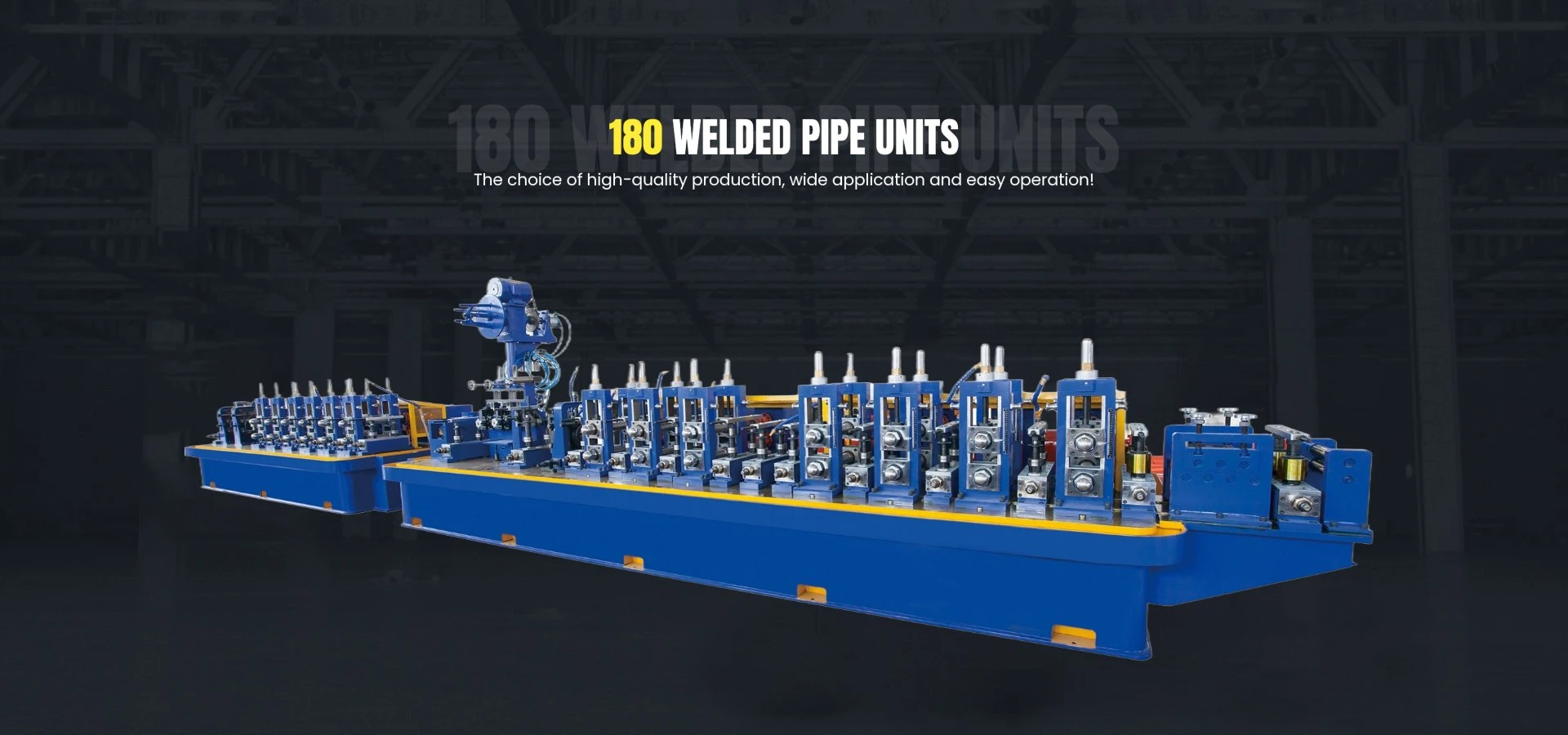manual hose pipe crimping machine
The Manual Hose Pipe Crimping Machine A Comprehensive Overview
In the world of industrial manufacturing and maintenance, the ability to create strong and reliable connections in fluid transfer systems is paramount. A critical tool in achieving these connections is the manual hose pipe crimping machine. This device plays an essential role in the assembly of hoses and fittings, promoting safety, efficiency, and durability in various applications.
What is a Manual Hose Pipe Crimping Machine?
A manual hose pipe crimping machine is a mechanical device designed to crimp, or compress, the fittings onto the ends of hoses. This process is vital, as it ensures that the connection between the hose and the fitting is secure, preventing leaks and potential accidents in high-pressure applications. These machines are widely used in industries such as hydraulic systems, automotive, and construction, where hoses are frequently utilized for conveying liquids and gases under pressure.
How Does It Work?
The operation of a manual hose pipe crimping machine is relatively straightforward. The user starts by selecting the appropriate die set that corresponds to the size and type of hose and fitting being used. Once the correct dies are in place, the hose is inserted into the crimping chamber along with the fitting.
The operator then manually actuates the machine, typically using a lever or crank, to apply pressure to the fitting. As the machine applies force, the die compresses the fitting onto the hose, creating a tight seal. This mechanical compression is what distinguishes crimped connections from other methods such as clamps or bonds, offering a more robust and reliable solution for fluid transfer.
Key Features of Manual Hose Pipe Crimping Machines
Several key features make manual hose pipe crimping machines a valuable addition to any workshop or maintenance facility
1. Versatility Manual crimping machines can accommodate various hose sizes and types, including hydraulic hoses, air hoses, and industrial hoses. This versatility makes them suitable for multiple applications across different industries.
manual hose pipe crimping machine

2. Portability Compared to their hydraulic or electric counterparts, manual crimping machines are more compact and lightweight, allowing for easy transportation. This feature is particularly beneficial for on-site repairs or fieldwork.
3. Cost-Effectiveness Manual machines are generally more affordable than automated alternatives, making them accessible for small businesses and individual operators. They require minimal maintenance, further enhancing their cost-effectiveness.
4. Ease of Use The simplicity of operation permits workers, even those with limited experience, to quickly learn how to use the machine. Proper instruction ensures safety and effectiveness in crimping hoses.
Safety Considerations
While the manual hose pipe crimping machine is user-friendly, safety should always be a priority. Users must wear appropriate personal protective equipment (PPE), including gloves and safety glasses, during operation. Additionally, operators should be trained on the correct procedures and potential hazards associated with the machine to prevent accidents and injuries.
Maintenance Tips
To ensure longevity and optimal performance, regular maintenance of the manual crimping machine is essential. Operators should inspect the dies for wear and tear and replace them if necessary. Lubricating the moving parts of the machine is also crucial to prevent rust and mechanical failure. Keeping the workspace clean and organized will minimize the risk of accidents and improve efficiency during operation.
Conclusion
The manual hose pipe crimping machine is an indispensable tool in various industrial applications. Its ability to create secure and reliable connections not only enhances operational efficiency but also ensures safety in fluid transfer systems. With features like versatility, portability, and cost-effectiveness, it stands out as a practical choice for many businesses. By adhering to safety practices and maintaining the machine properly, operators can maximize its performance and extend its lifespan, making it a lasting investment in their operations.
-
High Frequency Straight Seam Welded Pipe Production Line-BzZhou Xinghua Machinery Equipment Manufacturing Co., LTD.|Precision Welding, High EfficiencyNewsJul.30,2025
-
High Frequency Straight Seam Welded Pipe Production Line|BzZhou Xinghua|Precision Welding&EfficiencyNewsJul.30,2025
-
High Frequency Straight Seam Welded Pipe Production Line - BzZhou Xinghua|Precision Engineering&EfficiencyNewsJul.30,2025
-
High-Frequency Straight Seam Welded Pipe Production Line-BzZhou Xinghua Machinery Equipment Manufacturing Co., LTD.NewsJul.30,2025
-
High-Frequency Straight Seam Welded Pipe Production Line-BzZhou Xinghua Machinery Equipment Manufacturing Co., LTD.|Precision Manufacturing, High EfficiencyNewsJul.30,2025
-
High Frequency Straight Seam Welded Pipe Production Line-BzZhou Xinghua Machinery Equipment Manufacturing Co., LTD.|Precision Steel Pipe Manufacturing&Industrial EfficiencyNewsJul.29,2025


